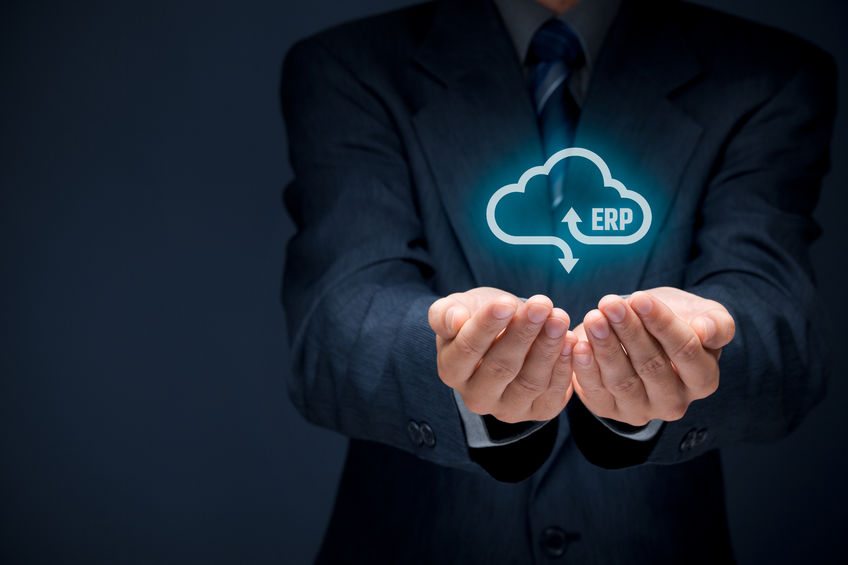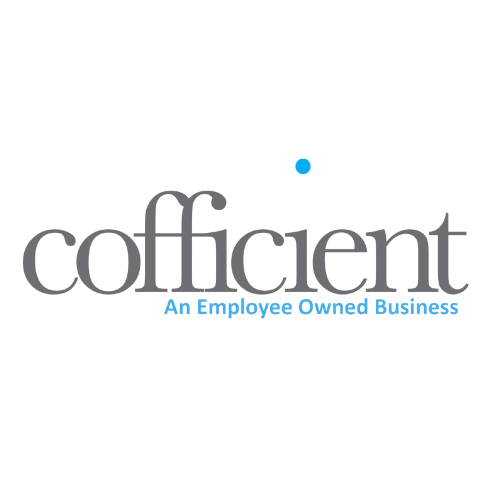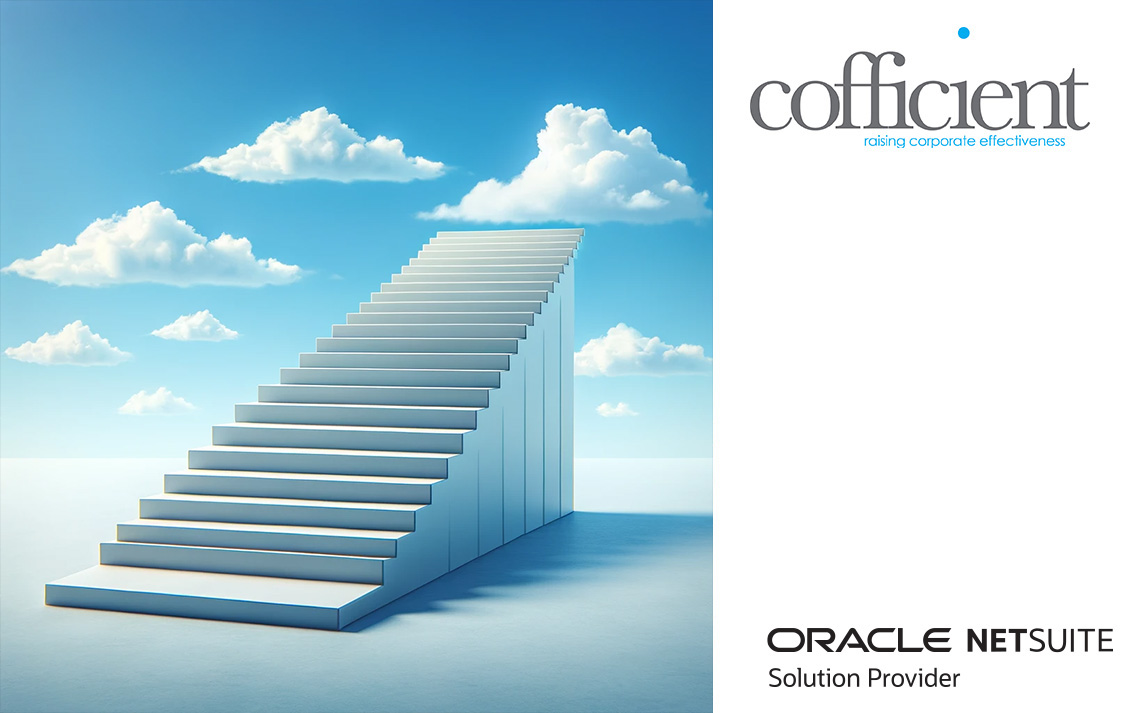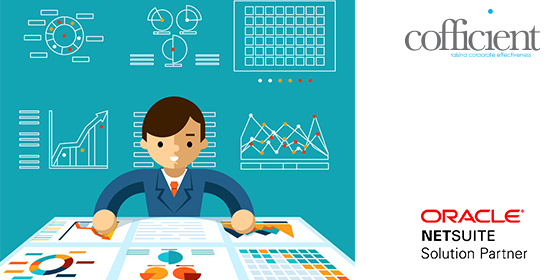
SaaS vs On Premise (and Hybrid) Software – The Pros and Cons
SaaS vs On Premise (and Hybrid) Software: The Pros and Cons
As with most big decisions, there are hard choices to be made. Software vendors are aware that deployment of ERP comes down to customer choice. As such they each try and extol the benefits of their particular model – and rightly so.
Cloud is definitely an increasingly popular choice and undoubtedly has many transformational benefits. But business owners often can’t divorce their emotional decision making from cold, hard rational choices like cost and change management.
Despite the fact that Cofficient has nailed its colours firmly to the SaaS model, we still believe in offering impartial advice to our potential customers. Here, I try to offer an impartial overview of the pros and cons of all the potential deployment solutions (as I see them).
SaaS
You buy the software as an ongoing annual subscription – usually for 12 months or longer. SaaS providers sell you access to their software, which is hosted in the cloud, and charge for use of their
software through an annual subscription. There are various SaaS pricing models from “pay for what you consume” to “pay per user type”.
For example, NetSuite allows you to build up the version of the software you want to use by selling you a standard CRM system with the option to add on modules (bolt-ons that extend the use of the system). SAP on
the other hand, allow you to access the system through various “user types” who have access to a full suite of functionality for that role.
Either way, the price is typically dependent on what you use.
“On Demand” software has become increasingly popular in recent years as businesses want to move away from the onerous responsibility of on-premise and the effort required to maintain, and host the software.
Gartner has predicted that the SaaS market will be (directly and indirectly) worth $1trillion by 2020.
[click here to learn more about Getting Your SaaS Project Over the Line]
Pros:
• Your immediate costs could be lowered since you only pay for what you need and you don’t need IT infrastructure like server and maintenance costs
• You don’t need to worry about becoming “version locked” or having to upgrade the software a few years down the line; SaaS software is updated multiple times a year. Updates are simply published out to users as
part of the subscription costs
• It’s easier to up-scale SaaS. You simply add on users and functionality as your business grows and develops
• You don’t need to worry about business continuity or security since the world’s leading software vendors will be taking care of that as part of your annual subscription
• It’s more environmentally friendly. ICT accounts for 7.1billion tonnes of CO2 emissions (about 8% of the total global output). By sharing tenancy of servers within a data centre, you are ensuring that server usage is
at 40-70% as opposed to 10-15% for on-premise. It’s been estimated that if 80% of the companies who could use cloud, did use cloud it would be the equivalent of losing 1.7m cars from the road
Cons:
• You’ll need to get used to the fee being an annual, recurring one. It isn’t a pay and keep model
• Your data doesn’t “live” within your four walls. Instead it will be in your vendor’s data centre. Whilst most data centres will be incredibly secure and compliant with all the most common security protocol, some people
like the comfort of keeping their data on-premise
• Expect your software bill to grow with your business. The cost should be sustainable and in line with business growth, but you need to be prepared for increasing costs
[Click here to find out why Cofficient is a cloud only business]
On Premise
Unlike cloud based software, on-premise software comes with the responsibility of infrastructure and comms upgrades.
The most traditional way of consuming software, this method requires the customer to host the software on their own physical server – typically in the same office as the majority of staff is located.
Pros:
• You might feel more secure knowing that your data is physically stored within your four walls. Having visibility of your data, because you know where it is stored, can feel comforting
• You are not limited by the availability (or otherwise) of broadband
• The initial costs are lower because you don’t have the ongoing subscription costs
• On-premise tends to work better for people who don’t trust cloud or cloud software vendors
Cons:
• Total cost of ownership is more over the long run. In fact, by about year 2 or 3 you will find the costs of onpremise start to balance, then over take. This is principally because of the cost of the IT infrastructure and
the upgrades start to impact
• Working off-site is achievable but harder. Usually a VPN line will push and pull data back and forth from the server but typically you will experience latency and frequent interruptions
• Most of the software vendors have acknowledged that the traditional on-premise model is in the descendancy (like cloud) and have placed their eggs in the cloud basket. For traditional on-premise providers, like Sage, this means investing less in Sage 200 and more in Sage Live. For Microsoft, similar with their Dynamics Nav product. There is industry wide speculation, that these products will become end-of-line products as companies expand their cloud offering
[Click here to read 8 Simple Reasons to Choose SAP ByD]
But there is a third solution – an amalgamation of both
Hybrid
There are multiple types of hybrid solution but the “traditional” one is where they customer might deploy either cloud or on-premise with the ability to switch between the two as needed. This model was created
because of perceived drawbacks in the pure SaaS model
Pros:
• Good if you want to store sensitive information on-premise but still get the benefits of cloud and cloud security for other data
• You can get the best of both worlds in relation to your software choice
• If you need to transfer or download large files it can be easier with the speed of internal Ethernet than with internet
Cons:
• It’s difficult to get a really tight integration between hybrid products. You will probably have to accept some gaps
• It’s more time consuming, and labour intensive, to set up a hybrid model and you’ll need to hire skilled IT employees to make sure you can support both in-house and hosted software
• It’s costly. You’ll be paying the lump sum, and the ongoing annual license fees
[Click here to read Is Fear of Failure Holding Your Software Project Back?]
Written by Emma Stewart – Sales and Marketing Director and Cloud Software Evangelist at Cofficient Ltd
We provision really smart cloud based technology to really smart companies.
To talk to someone about how SaaS can transform your business please get in touch
[su_button url=”https://cofficient.co.uk/contact”]get in touch[/su_button]



